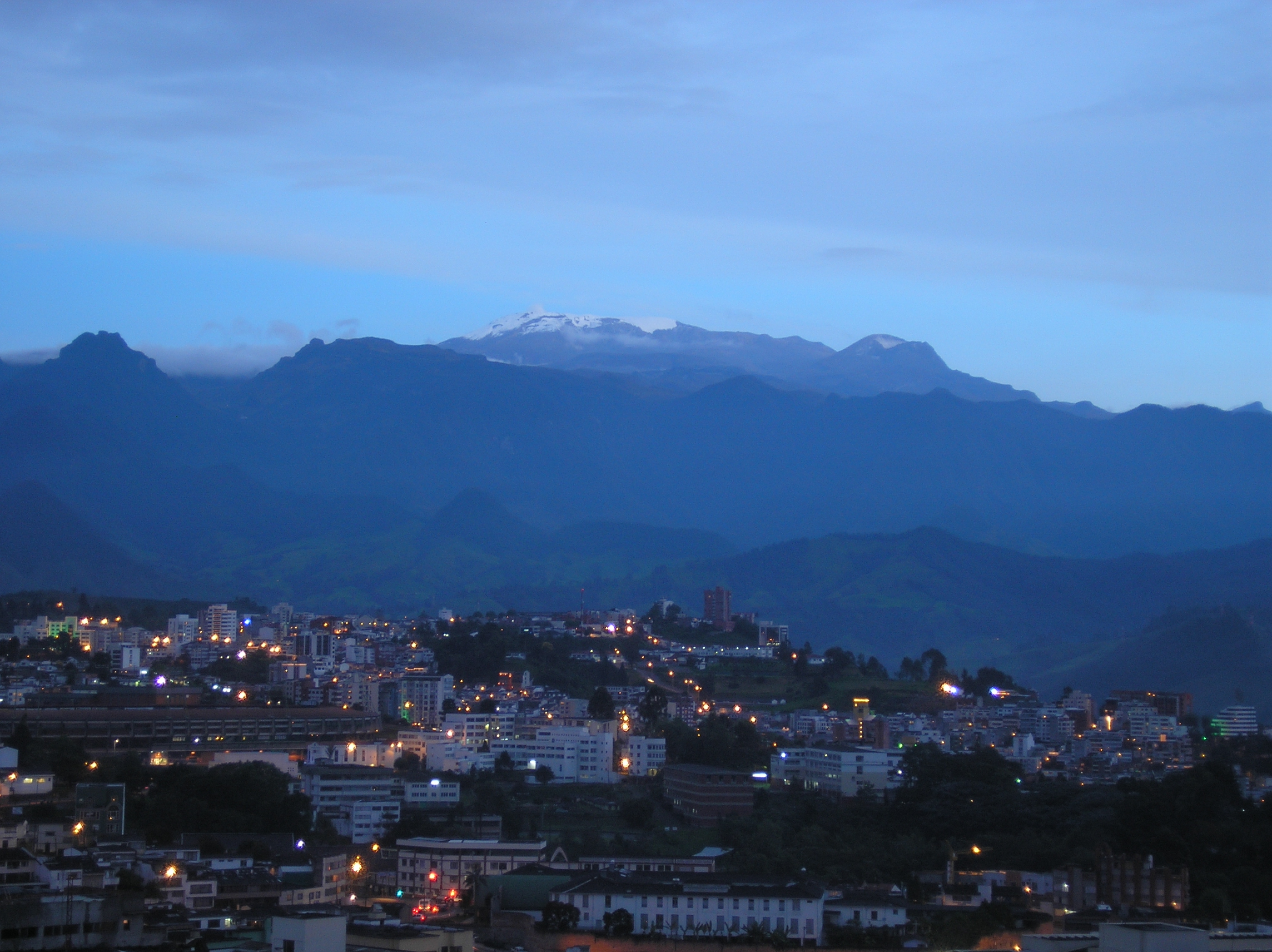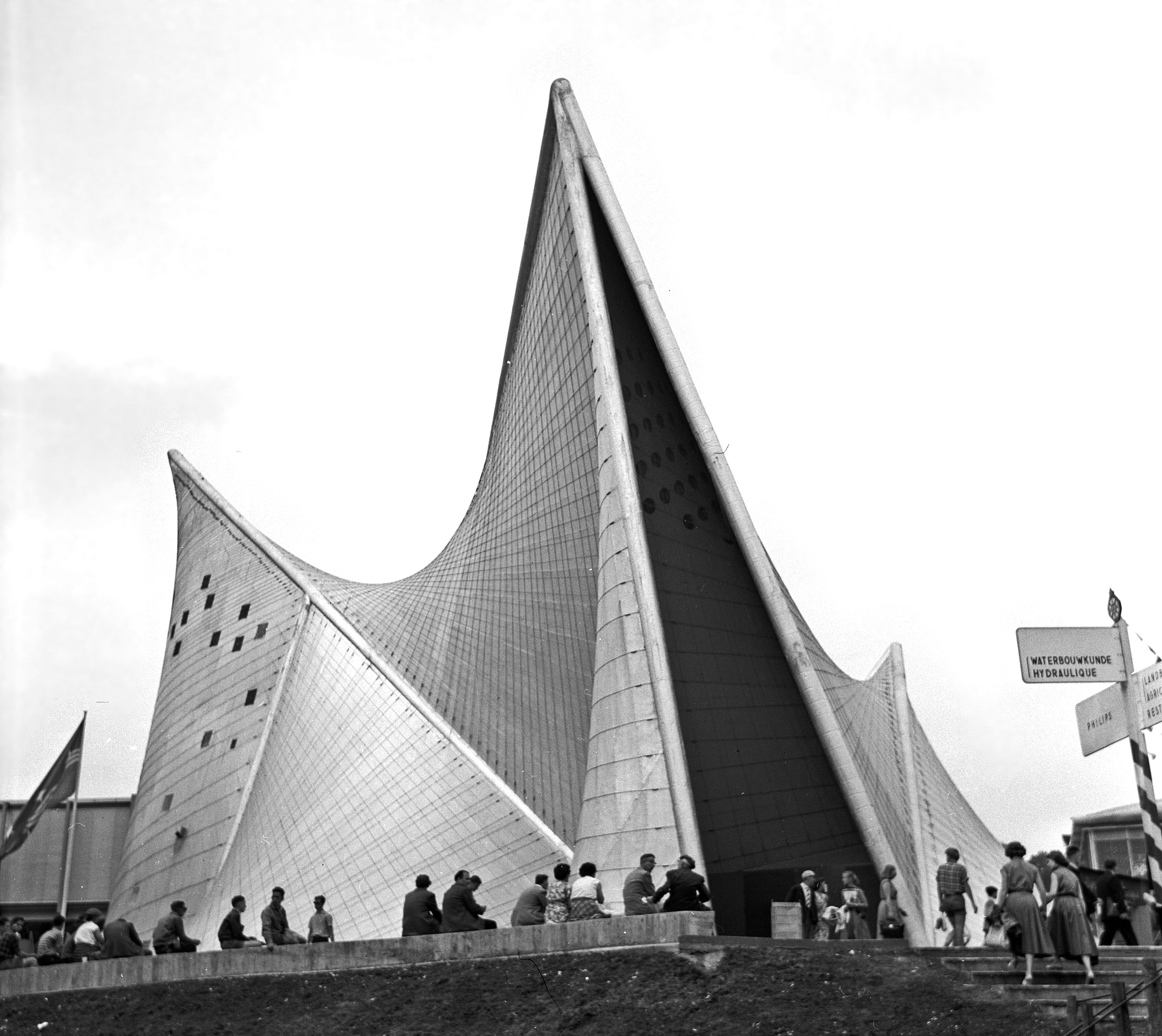|
Bahareque
, also spelled (also referred to in spanish as ''bajareque'' or ''fajina''), is a traditional building technique used in the construction of housing by indigenous peoples. The constructions are developed using a system of interwoven sticks or reeds, with a covering of mud, similar to the systems of wattle and clay structures seen in Europe. This technique is primarily used in regions such as Caldas, which is one of the 32 departments of Colombia.. Origin , is an ancient construction system used within the Americas. The name is said to come from the word , is an old Spanish term for walls made of bamboo ( in Spanish) and soil. Guadua is a common woody grass found in Colombia. While its exact origin is uncertain, some authors have also attributed it to Caribbean-Taino culture and written it as 'bajareque'. Similar homophonies are found in other native American languages such as Miteca, ba and balibi, bava. Pedro José Ramírez Sendoya (1897-1966), a Colombian priest and anthr ... [...More Info...] [...Related Items...] OR: [Wikipedia] [Google] [Baidu] |
Tabby Concrete
Tabby is a type of concrete made by burning oyster shells to create lime, then mixing it with water, sand, ash and broken oyster shells. Tabby was used by early Spanish settlers in present-day Florida, then by British colonists primarily in coastal South Carolina and Georgia. It is a man-made analogue of coquina, a naturally-occurring sedimentary rock derived from shells and also used for building. Revivals in the use of tabby spread northward and continued into the early 19th century. Tabby was normally protected with a coating of plaster or stucco. Origin "Tabby" or "tapia" derives from the Spanish ''tabique de ostión'' (literally, "adobe wall of oyster hell). There is evidence that North African Moors brought a predecessor form of tabby to Spain when they invaded the peninsula, but there is also evidence that the Iberian use is earlier and that it spread from there south to Morocco. A form of tabby is used in Morocco today and some tabby structures survive in Spain, tho ... [...More Info...] [...Related Items...] OR: [Wikipedia] [Google] [Baidu] |
Caldas Department
Caldas () is a departments of Colombia, department of Colombia named after Colombian patriotic figure Francisco José de Caldas. It is part of the Paisa Region and its capital is Manizales. The population of Caldas is 998,255, and its area is 7,291 km2. Caldas is also part of the Colombian Coffee-Growers Axis region along with the Risaralda Department, Risaralda and Quindio Department, Quindio departments, which were politically separated from Caldas in 1966. Subdivisions Municipalities # Aguadas, Caldas, Aguadas # Anserma, Caldas, Anserma # Aranzazu, Caldas, Aranzazu # Belalcázar, Caldas, Belalcázar # Chinchiná, Caldas, Chinchiná # Filadelfia, Caldas, Filadelfia # La Dorada, Caldas, La Dorada # La Merced, Caldas, La Merced # Manizales # Manzanares, Caldas, Manzanares # Marmato, Caldas, Marmato # Marquetalia, Caldas, Marquetalia # Marulanda, Caldas, Marulanda # Neira, Caldas, Neira # Norcasia, Caldas, Norcasia # Pácora, Caldas, Pácora # Palestina, Caldas, Palestina # ... [...More Info...] [...Related Items...] OR: [Wikipedia] [Google] [Baidu] |
Colombia
Colombia, officially the Republic of Colombia, is a country primarily located in South America with Insular region of Colombia, insular regions in North America. The Colombian mainland is bordered by the Caribbean Sea to the north, Venezuela to the east and northeast, Brazil to the southeast, Peru and Ecuador to the south and southwest, the Pacific Ocean to the west, and Panama to the northwest. Colombia is divided into 32 Departments of Colombia, departments. The Capital District of Bogotá is also the List of cities in Colombia by population, country's largest city hosting the main financial and cultural hub. Other major urban areas include Medellín, Cali, Barranquilla, Cartagena, Colombia, Cartagena, Santa Marta, Cúcuta, Ibagué, Villavicencio and Bucaramanga. It covers an area of 1,141,748 square kilometers (440,831 sq mi) and has a population of around 52 million. Its rich cultural heritage—including language, religion, cuisine, and art—reflects its history as a co ... [...More Info...] [...Related Items...] OR: [Wikipedia] [Google] [Baidu] |
Bamboo
Bamboos are a diverse group of mostly evergreen perennial plant, perennial flowering plants making up the subfamily (biology), subfamily Bambusoideae of the grass family Poaceae. Giant bamboos are the largest members of the grass family, in the case of ''Dendrocalamus sinicus'' having individual stalks (Culm (botany), culms) reaching a length of , up to in thickness and a weight of up to . The internodes of bamboos can also be of great length. ''Kinabaluchloa, Kinabaluchloa wrayi'' has internodes up to in length. and ''Arthrostylidium schomburgkii'' has internodes up to in length, exceeded in length only by Cyperus papyrus, papyrus. By contrast, the stalks of the tiny bamboo Raddiella, ''Raddiella vanessiae'' of the savannas of French Guiana measure only in length by about in width. The origin of the word "bamboo" is uncertain, but it most likely comes from the Dutch language, Dutch or Portuguese language, Portuguese language, which originally borrowed it from Malay langua ... [...More Info...] [...Related Items...] OR: [Wikipedia] [Google] [Baidu] |
Guadua
''Guadua'' is a Neotropical genus of thorny, clumping bamboo in the grass family, ranging from moderate to very large species. Physically, '' Guadua angustifolia'' is noted for being the largest Neotropical bamboo. The genus is similar to ''Bambusa'' and is sometimes included in that genus. Several animals are, to a various extent, associated with stands of ''Guadua'' bamboo, for example several species of seedeaters, and the Amazon and Atlantic Bamboo Rats. Distribution and habitats The genus can be found in a wide range from northern Mexico and Trinidad to Uruguay, but most of the species are concentrated in the Amazon basin and the Orinoco basin. They usually grow at low altitudes (below 1,500 m), but has been found up to 2,500 m. Its habitats include lowland tropical and lower-montane forest, savannas, Cerrados, gallery forest, and disturbed inter-Andean valley vegetation. Human use From a utilitarian perspective, ''Guadua'' is the most important American bamboo. Due to i ... [...More Info...] [...Related Items...] OR: [Wikipedia] [Google] [Baidu] |
Jorge Enrique Robledo
Jorge Enrique Robledo Castillo (born 11 February 1950) is a Colombian politician, architect, professor, and author. He served as a member of the Senate of Colombia from 2002 until 2022, when he decided to leave his position in congress to pursue the office of president of Colombia, ultimately losing to Gustavo Petro. On 21 June 2023, Robledo announced that he was running for mayor of Bogotá in the October 2023 elections. Early life and education Robledo was born 11 February 1950 in Ibagué, Tolima, Colombia. His family later moved to Manizales, Colombia where Robledo spent the rest of his childhood and later attended the Universidad de Los Andes to study architecture. Political career Robledo is a member of the political party. He was formerly a member of the Alternative Democratic Pole and was the Senate Leader for the party in congress. In his 4th term in office, Robledo received the highest vote of all Senators in the 2014 parliamentary elections (191,910 votes). ... [...More Info...] [...Related Items...] OR: [Wikipedia] [Google] [Baidu] |
Typology (archaeology)
In archaeology, a typology is the result of the classification of things according to their physical characteristics. The products of the classification, i.e. the classes, are also called types. Most archaeological typologies organize portable artifacts into types, but typologies of larger structures, including buildings, field monuments, fortifications or roads, are equally possible. A typology helps to manage a large mass of archaeological data. According to Doran and Hodson, "this superficially straightforward task has proved one of the most time consuming and contentious aspects of archaeological research". Philosophical background Typology is based on a view of the world familiar from Plato's metaphysics called essentialism. Essentialism is the idea that the world is divided into real, discontinuous and immutable "kinds". This idea is the basis for most typological constructions particularly of stone artefacts where essential forms are often thought of as "mental templates" ... [...More Info...] [...Related Items...] OR: [Wikipedia] [Google] [Baidu] |
Manizales
Manizales () is a city in central Colombia. It is the capital of the Caldas Department, Department of Caldas, and lies near the Nevado del Ruiz volcano. Currently, the city is the main center for the production of Colombian coffee and an important hub for higher educational institutions. History Manizales was founded on October 12, 1849. The city was founded by a group of twenty Antioquia Department, Antioquians (''The Expedition of the 20''), who came from Neira, Caldas, Neira and Salamina, Caldas, Salamina. Geography Manizales is the capital city of one of the smallest Colombian departments. The city is described as having an "abrupt topography", and lies on the Colombian Central Mountain Range (part of the longest continental mountain range, the Andes), with a great deal of ridgelines and steep slopes, which, combined with the seismic instability of the area, has required architectural adaptations and public works to make the city safer. Even though Manizales has this very di ... [...More Info...] [...Related Items...] OR: [Wikipedia] [Google] [Baidu] |
Reinforced Concrete
Reinforced concrete, also called ferroconcrete or ferro-concrete, is a composite material in which concrete's relatively low tensile strength and ductility are compensated for by the inclusion of reinforcement having higher tensile strength or ductility. The reinforcement is usually, though not necessarily, steel reinforcing bars (known as rebar) and is usually embedded passively in the concrete before the concrete sets. However, post-tensioning is also employed as a technique to reinforce the concrete. In terms of volume used annually, it is one of the most common engineering materials. In corrosion engineering terms, when designed correctly, the alkalinity of the concrete protects the steel rebar from corrosion. Description Reinforcing schemes are generally designed to resist tensile stresses in particular regions of the concrete that might cause unacceptable cracking and/or structural failure. Modern reinforced concrete can contain varied reinforcing materials made o ... [...More Info...] [...Related Items...] OR: [Wikipedia] [Google] [Baidu] |
Adobe
Adobe (from arabic: الطوب Attub ; ) is a building material made from earth and organic materials. is Spanish for mudbrick. In some English-speaking regions of Spanish heritage, such as the Southwestern United States, the term is used to refer to any kind of earthen construction, or various architectural styles like Pueblo Revival or Territorial Revival. Most adobe buildings are similar in appearance to cob and rammed earth buildings. Adobe is among the earliest building materials, and is used throughout the world. Adobe architecture has been dated to before 5,100 BP. Description Adobe bricks are rectangular prisms small enough that they can quickly air dry individually without cracking. They can be subsequently assembled, with the application of adobe mud to bond the individual bricks into a structure. There is no standard size, with substantial variations over the years and in different regions. In some areas a popular size measured weighing about ; in other ... [...More Info...] [...Related Items...] OR: [Wikipedia] [Google] [Baidu] |
National University Of Colombia
The National University of Colombia () is a national public research university in Colombia, with general campuses in Bogotá, Medellín, Manizales and Palmira, and satellite campuses in Leticia, San Andrés, Arauca, Tumaco, and La Paz, Cesar. Established in 1867 by an act of the Congress of Colombia, it is one of the largest universities in the country, with more than 53,000 students. The university grants academic degrees and offers 450 academic programmes, including 95 undergraduate degrees, 83 academic specializations, 40 medical specialties, 167 master's degrees, and 65 doctorates. Approximately 44,000 students are enrolled for an undergraduate degree and 8,000 for a postgraduate degree. It is also one of the few universities that employs postdoctorate fellows in the country. The university is a member of the Association of Colombian Universities (ASCUN), the Iberoamerican Association of Postgraduate Universities (AUIP), and the Iberoamerican University Network ... [...More Info...] [...Related Items...] OR: [Wikipedia] [Google] [Baidu] |



